BUSINESS CORE
Glass industry
Architectural
The architectural glass industry is an essential sector in modern building construction. It encompasses the manufacturing, processing, and installation of various types of glass for specific applications.
These types of glass include flat glass, laminated glass, tempered
glass, tinted glass, reflective glass, textured glass, and insulated glass.
Common applications of architectural glass include windows, doors, building facades, store displays, glass roofs, and glass railings. Advanced technologies such as waterjet cutting and
thermal tempering are used to process and shape the glass.
Automotive
The automotive glass industry is a key sector in vehicle manufacturing. It focuses on the production, processing, and installation of various types of glass used in automobiles, such
as windshields, side windows, rear windows, mirrors, and panoramic roofs.
These components are manufactured with specific features to meet the safety, visibility, and comfort requirements of drivers and passengers.
Common applications of automotive glass include protection against external elements, noise reduction, resistance to impacts and shattering, UV ray filtration, as well as aerodynamic enhancements.
Glassware
The glassware industry focuses on the manufacturing of glass articles intended for various uses, primarily in the fields of tableware, decoration, and cosmetics.
The products need to be durable, functional, and aesthetically pleasing.
PRODUCTS :
Cobalt(II) Acetylacetonate
Corelink ® ™ CA-23
Cobalt(II) Acetylacetonate offer a compelling solution for enhancing adhesion between metal and rubber, while also mitigating oxidation-related deterioration. This is achieved through the vulcanization of a rubber composition containing both cobalt acetylacetonate and a vulcanizing agent in contact with the metal, resulting in an improved bonding process.
Cobalt(III) Acetylacetonate
Corelink ® ™ CA-16
Cobalt(III) Acetylacetonate presents an effective approach to improve the bonding between metal and rubber and reduce deterioration caused by oxidation. This improvement is realized by combining cobalt acetylacetonate and a vulcanizing agent within a rubber mixture and applying vulcanization when it comes into contact with the metal, resulting in an enhanced adhesion process.
Chromium(III)
Acetylacetonate
Chromium(III) Acetylacetonate is used in the glass industry for applications related to coloring, optical properties, catalysis, and research aimed at improving glass products. Its use must comply with current environmental and safety regulations.
Cobalt Oxide
Cobalt Oxide is used for its ability to color glass in blue, as well as for other applications related to the production of colored glass products, ceramics, optical glass, and reflective coatings. As with any industrial chemical, its use must adhere to the relevant environmental and safety regulations.
Soda Ash Dense
Soda Ash Light
Titanyl Acetylacetonate
Titanyl Acetylacetonate is used in the glass industry for coloring applications, primarily to impart a yellow or yellow-green hue to the glass. It is also employed in the production of dichroic glass, which changes color depending on the viewing angle, making it suitable for artistic, decorative, and optical applications. In research and development, this compound is utilized to study the properties of titanium in glass and to develop new glass formulations.
Iron(III) Acetylacetonate
Iron(III) Acetylacetonate is used to color glass in shades of green or blue-green, depending on the concentration and application method. It is used in the production of artistic and decorative glass, as well as in research and development applications to study the chemical and optical properties of iron in glass
Vanadyl Acetylacetonate
Mono Butyl Tintrichloryde
It can serve as an agent to remove air bubbles in molten glass, as a catalyst in certain
chemical reactions, and as a stabilizer to alter glass properties.
Rubber industry
The CAP CHEMICALS range of Cobalt Adhesion Promoters promote the adhesion between
the rubber compounds and the brass plated steel cord used in the manufacture of steel belt radial tyres and industrial products.
Leading the tire adhesive market with the CorelinkTM brand, CAP CHEMICALS. is proud to be a global leader and is continuing research and development in the rubber adhesion promoter sector using Cobalt. We’re expanding our business beyond tires to conveyor belts, and we promise to provide you with the best customized service to meet customers’ needs based on proven quality and trust.
PRODUCTS :
Cobalt Boro Acylate
Corelink ® ™ CBA-22.5
Cobalt Boro Neodecanoate
Corelink ® ™ CBN-22
Cobalt Stearate
Corelink ® ™ CS-9.5
Cobalt Neodecanoate
Corelink ® ™ CN-20.5
Cobalt Naphtenate
Corelink ® ™ NA
Cobalt Naphnethate is a mixture of Co (II) derivatives of Naphthenic acids, supplied either in a solid or liquid form. It is mainly used as a bonding agent in steel wire radial ply tyres, steel wire re-enforcing conveyor belts and hoses.
Cobalt(II) Acetylacetonate
Corelink ® ™ CA-23
Cobalt(III) Acetylacetonate
Corelink ® ™ CA-16
Cobalt III acetylacetonate presents an effective approach to improve the bonding between
metal and rubber and reduce deterioration caused by oxidation. This improvement is realized by combining cobalt acetylacetonate and a vulcanizing agent within a rubber mixture and applying vulcanization when it comes into contact with the metal, resulting in an enhanced adhesion process.
